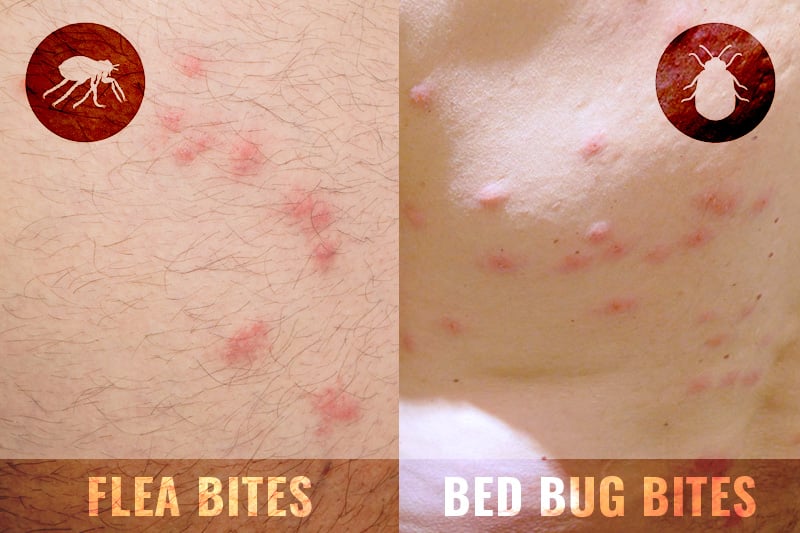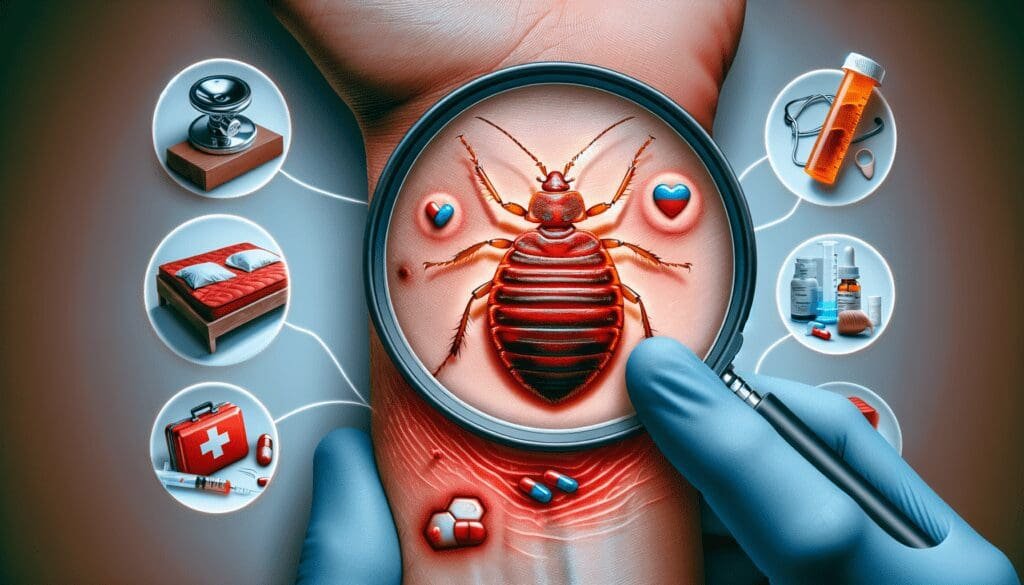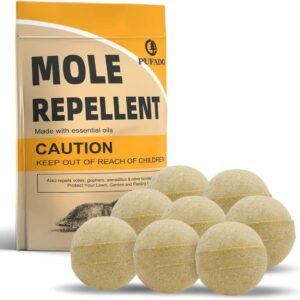What Do Bedbugs Bites Look Like
Have you ever wondered what bedbug bites look like? Whether you’re concerned about a possible infestation or simply curious about these annoying pests, this article will provide you with all the information you need. From the appearance of bedbug bites to the symptoms they may cause, we’ll cover it all. So, read on to learn more about the telltale signs of bedbug bites and how to identify them.
Identifying Bedbug Bites
When it comes to identifying bedbug bites, there are certain physical characteristics and locations on the body that can be helpful in determining whether or not these pesky insects are the culprit. Bedbug bites are typically red and swollen bumps, often appearing in clusters or lines. They can be itchy and irritating, and in some cases, may develop into blisters. Additionally, bedbug bites can cause inflammation or a rash on the skin.
Physical Characteristics of Bedbug Bites
Bedbug bites are often characterized by their appearance on the skin. These bites usually manifest as red, swollen bumps, similar to mosquito bites, but with a distinct pattern. They can appear in clusters or lines, which sets them apart from other insect bites. The bites are typically itchy and can be quite uncomfortable, causing the affected area to become inflamed. In some cases, bedbug bites may even develop into blisters. It is essential to pay attention to their physical characteristics to properly identify them.
Location of Bedbug Bites
Bedbug bites tend to occur on exposed areas of the skin, making them more noticeable. The upper body regions, including the arms, shoulders, and back, are common areas where bedbug bites can be found. However, they can also appear on other parts of the body, such as the lower body regions and even the face and neck. It is important to carefully examine these areas for any signs of bedbug bites to effectively address the issue.
Differentiating Bedbug Bites from Other Insects
While bedbug bites share similarities with bites from other insects like mosquitoes, fleas, spiders, and ticks, there are distinct characteristics that can help you differentiate bedbug bites from those caused by other insects. Understanding these differences can assist you in identifying the presence of bedbugs and dealing with them appropriately.
Bedbug Bites vs. Mosquito Bites
One way to differentiate bedbug bites from mosquito bites is by looking at the pattern in which they appear on the skin. Bedbug bites often appear in clusters or lines, while mosquito bites are usually individual and scattered. Additionally, bedbug bites can be itchy and inflamed, whereas mosquito bites are typically not associated with severe itching or inflammation. By observing these key differences, you can determine whether you are dealing with bedbugs or mosquitoes.
Bedbug Bites vs. Flea Bites
When comparing bedbug bites to flea bites, several differences become apparent. Bedbug bites often occur in a line or cluster, following the path of the bedbug’s movement. On the other hand, flea bites can appear in random patterns on the skin. Another distinguishing factor is the size of the bites. Bedbug bites are usually larger, more swollen, and itchier than flea bites, which tend to leave tiny red dots. By considering these characteristics, you can better differentiate between the two and address the issue accordingly.
Bedbug Bites vs. Spider Bites
While bedbug bites and spider bites may have similarities, there are key differences that help set them apart. Bedbug bites tend to be grouped together and are accompanied by itching, whereas spider bites often leave a distinct bite mark. It is essential to pay attention to the appearance of the bites as well, as bedbug bites are often reddish and swollen, whereas spider bites may cause severe pain or even necrotic wounds. By recognizing these disparities, you can determine the source of the bites and take appropriate measures.
Bedbug Bites vs. Tick Bites
It is crucial to differentiate bedbug bites from tick bites, especially due to the potential health risks associated with ticks. Bedbug bites, much like in previous cases, appear in clusters or lines, following the bugs’ feeding pattern. Tick bites, however, are characterized by a localized red bump where the tick has bitten. Another key difference is the itching and inflammation that commonly accompanies bedbug bites, whereas tick bites can lead to Lyme disease or other tick-borne illnesses. Being aware of these distinctions can help you address the issue promptly and seek appropriate medical attention if necessary.
Identifying Bedbug Bites on Different Skin Tones
It is important to note that bedbug bites may appear differently on individuals with dark skin tones. While the physical characteristics remain quite similar, there are certain nuances to consider.
Bedbug Bites on Dark Skin
On dark skin, bedbug bites may appear as dark red or purple bumps. They can still be found in clusters or lines, similar to bites on lighter skin tones. The bites are likely to be itchy and irritating, causing discomfort in affected individuals. However, one aspect to be aware of is the potential for hyperpigmentation, wherein the bitten area may darken in color and take longer to fade compared to lighter skin tones. By recognizing these variations, it becomes easier to identify bedbug bites on individuals with dark skin tones.
In conclusion, identifying bedbug bites can be crucial in addressing and eliminating a bedbug infestation. By understanding the physical characteristics of bedbug bites and their location on the body, you can differentiate them from bites caused by other insects. Furthermore, recognizing the unique features of bedbug bites on individuals with dark skin tones can ensure that everyone can effectively identify and address these unwanted pests. Remember, if you suspect bedbugs in your home, it is always best to seek professional help or advice to eliminate the infestation promptly and prevent further bites and discomfort.










